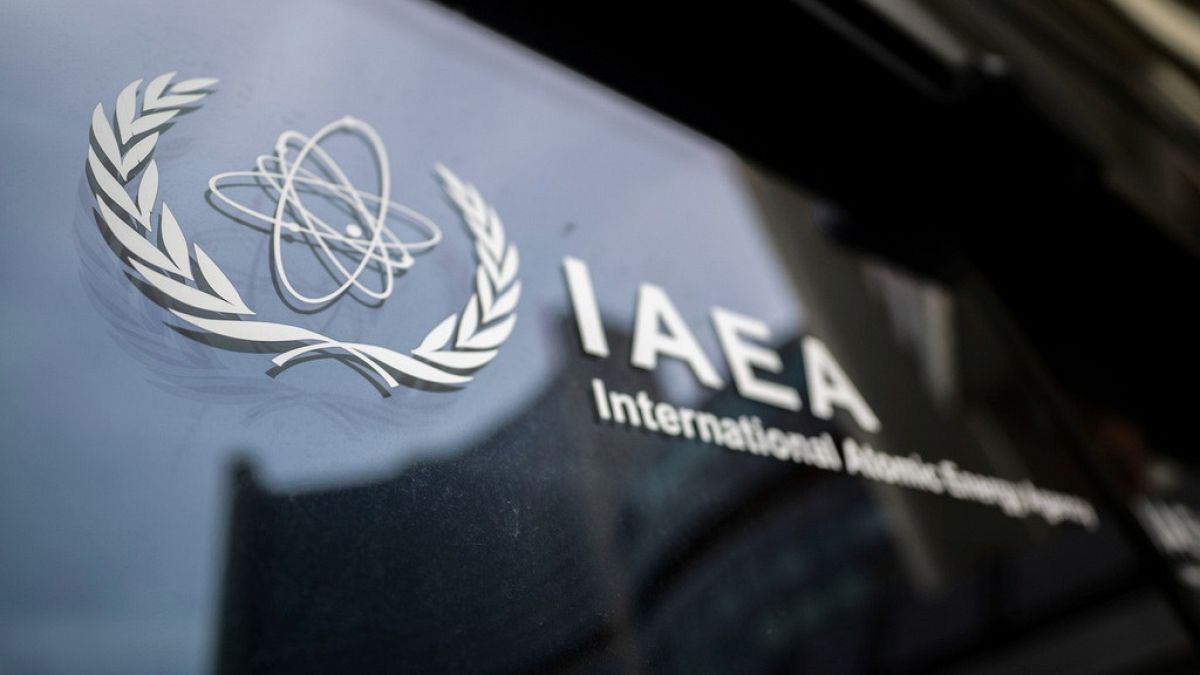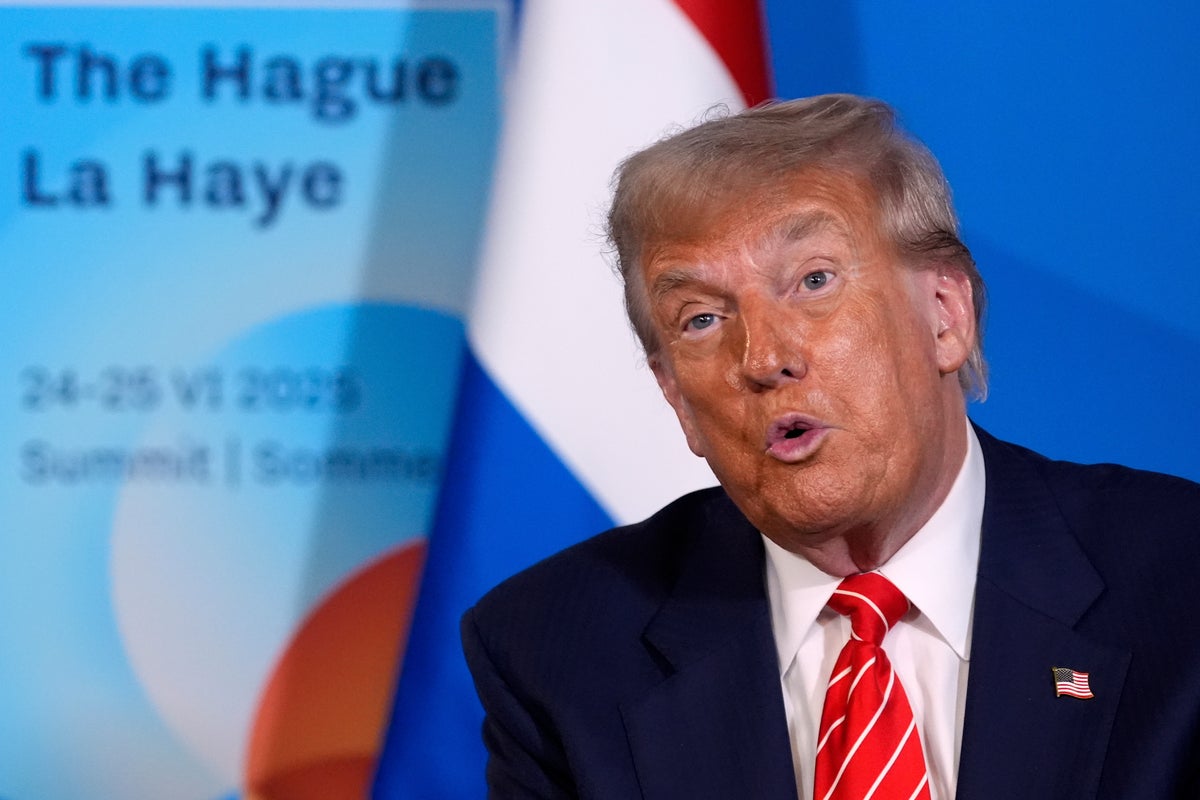Satellite pictures taken after the US military’s airstrikes on three Iranian nuclear facilities show significant damage to the sites – but not necessarily to the extent claimed by Donald Trump.
The images showed damage on the ground, which included formation of new carters, holes on mountain ridges and collapsed tunnels. However, it did not reveal definitive proof that the heavily fortified underground facilities were breached after US B-2 bombers struck the nuclear facilities over the weekend.
The US president has repeatedly claimed that the facilities in Fordow, Isfahan and Natanz were “completely and totally obliterated” in the attack. "The biggest damage took place far below ground level," Mr Trump had claimed.
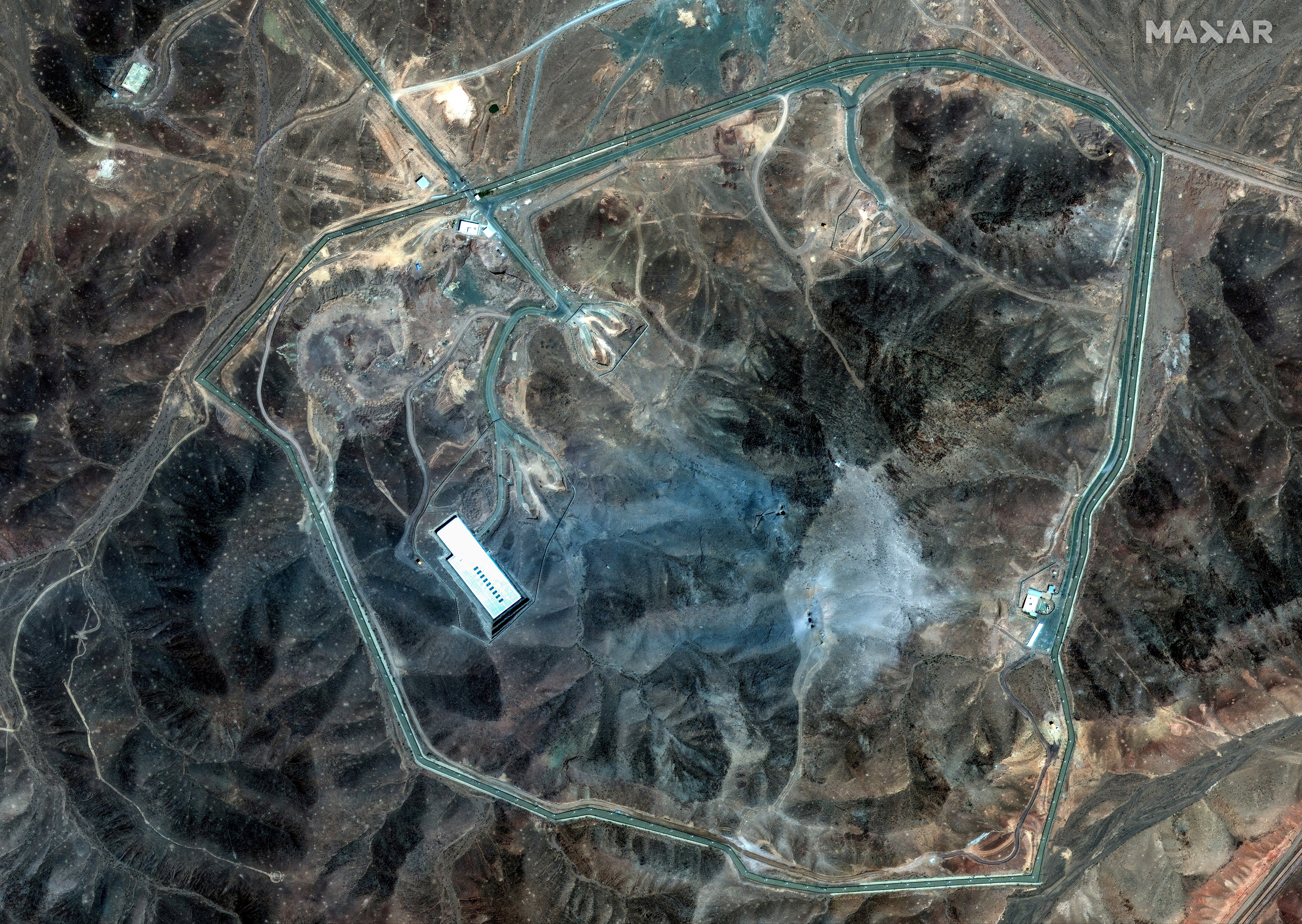
"Both Israel and Iran wanted to stop the War, equally! It was my great honour to Destroy All Nuclear facilities & capability, and then, STOP THE WAR," he said in another post on Truth Social.
But Mr Trump’s exaggerated claims were dealt a further blow on Tuesday after US media reports carried leaked intelligence suggesting that the American strikes did not completely obliterate the facilities, and indeed only set back Iran's nuclear ambitions by a matter of a few months.
The Defense Intelligence Agency, the Pentagon's own intel wing, based its assessment on battle damage analysis carried out by US Central Command after the strikes on Saturday night, according to one source who spoke with CNN.
Two of the people familiar with the assessment cited by CNN said Iran’s stockpile of enriched uranium was not destroyed. One said the centrifuges are largely “intact.” That person added: “So the assessment is that the US set them back maybe a few months, tops.”
Mr Trump lashed out at the intelligence report leak, claiming that the bombers “hit the target perfectly” and “wiped out” the facilities. “The press is very disrespectful. Fake news. It was a perfect hit,” he told reporters on board Air Force One.
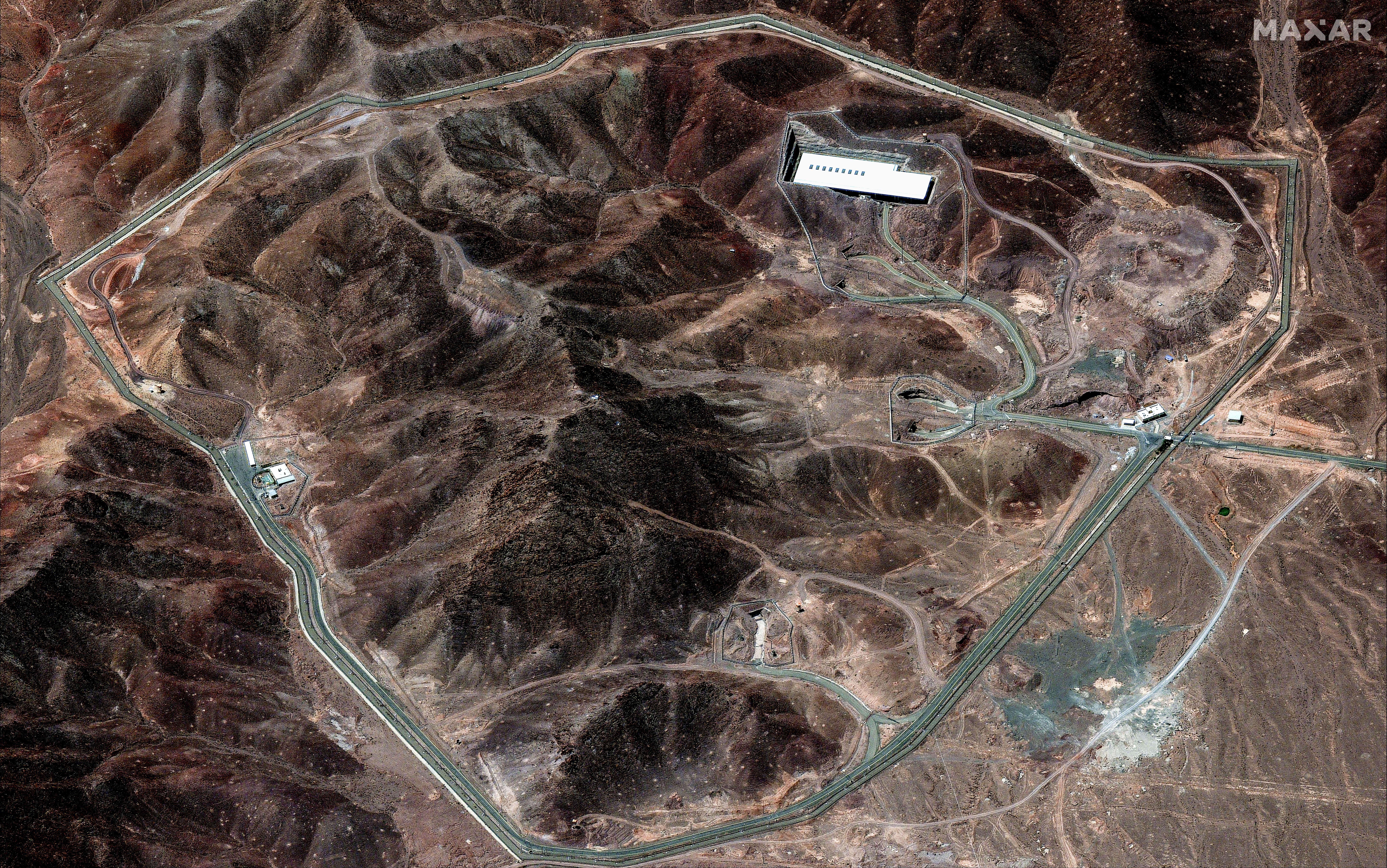
The American military launched “Operation Midnight Hammer” in the early hours of Sunday to strike the nuclear facilities at Fordow, Natanz, and Isfahan. The attack reportedly involved dozens of aircraft and submarines firing “bunker buster” bombs and cruise missiles at the three targets.
The Defense Intelligence Agency assessed that the strikes had caved in facility entrances and destroyed or damaged infrastructure, sources told Reuters. However, one added, the strike did not collapse underground buildings.
Restarting operations would basically depend on "how long it takes them to dig out and build or repair" power and water supply facilities, said the second source.
Satellite pictures published by Maxar Technologies showed several craters and new holes on top of the ridge at the Fordow underground complex, as well as tunnel entrances blocked by dirt. A large support building remained undamaged, according to the images.
The head of the International Atomic Energy Agency, Rafael Mariano Grossi, said no one “is in a position to assess the underground damage at Fordow”.
He added: “As for the assessment of the degree of damage underground, on this we cannot pronounce ourselves. It could be important; it could be significant, but no one … neither us nor anybody else could be able to tell you how much it has been damaged.”
The agency said there was no nuclear radiation release from the facility.
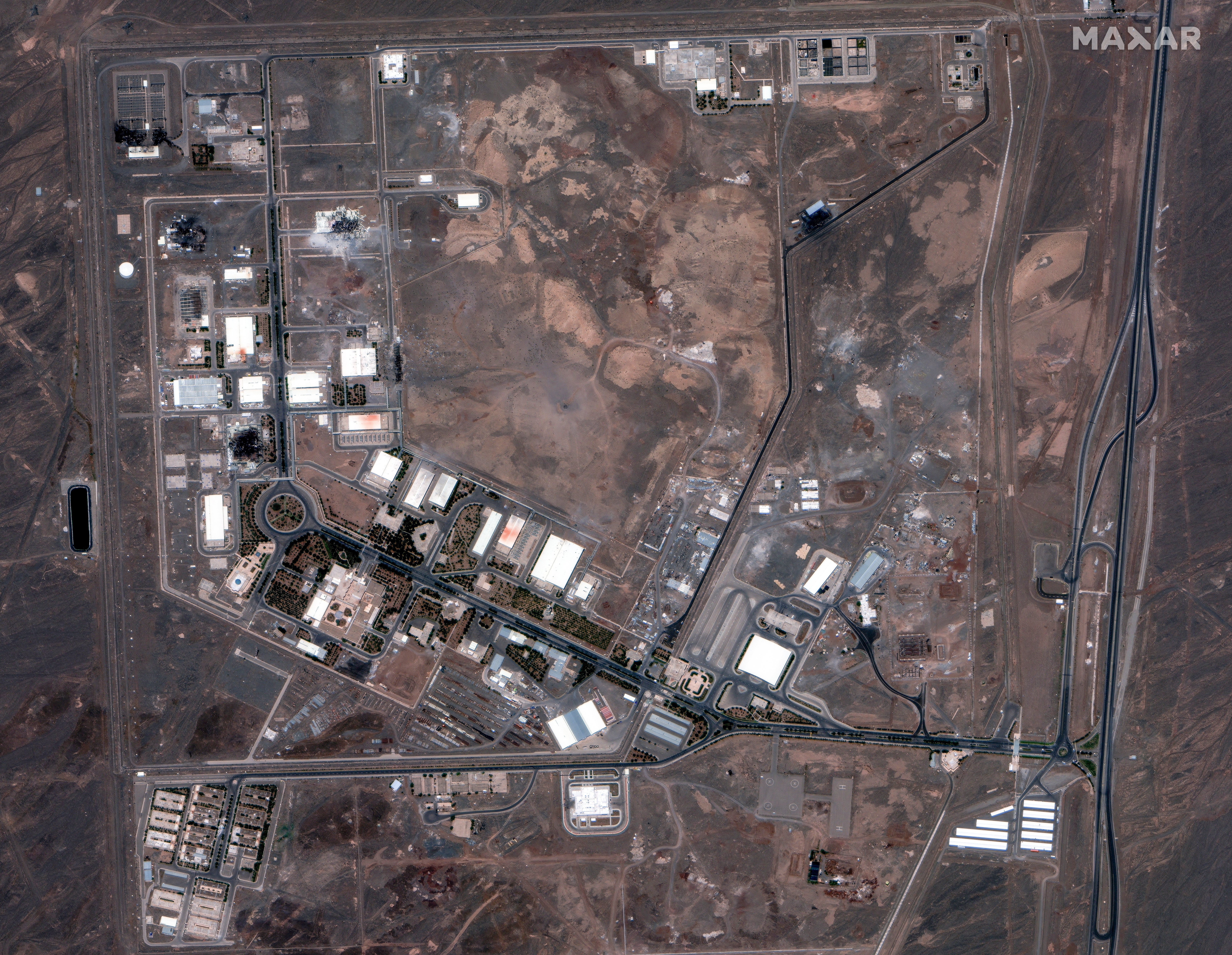
Fordow is Iran’s second nuclear enrichment facility after the main complex at Natanz. It is buried deep underground and heavily fortified and estimated to contain 2,700 centrifuges for uranium enrichment.
A satellite picture of Natanz showed a new crater of about 5.5m in diameter. While the crater was clearly visible in the dirt, Maxar said in a statement, the imagery did not provide conclusive evidence the US strike had penetrated the underground structure about 40m below the surface and protected by a layer of concrete and steel 8m thick.
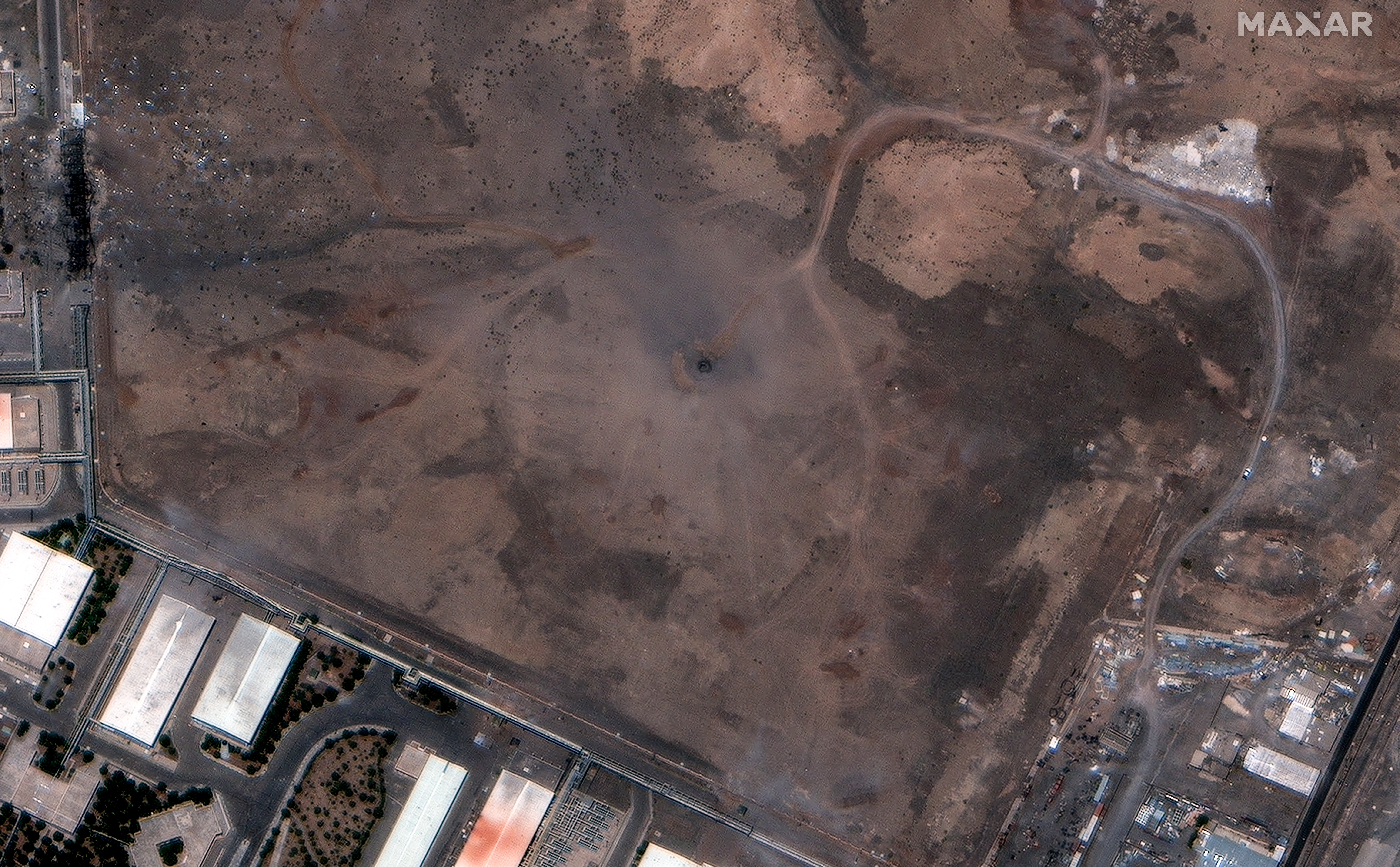
The attack on the Isfahan Nuclear Technology and Research Centre appeared to have struck some structures related to converting uranium and "entrances to tunnels used for the storage of enriched material", the UN nuclear watchdog said.
The facility had previously been bombed by Israel.
Iran is believed to have filled the tunnels at its nuclear sites ahead of the US strikes, which would blunt the effect of the American operation on Sunday.
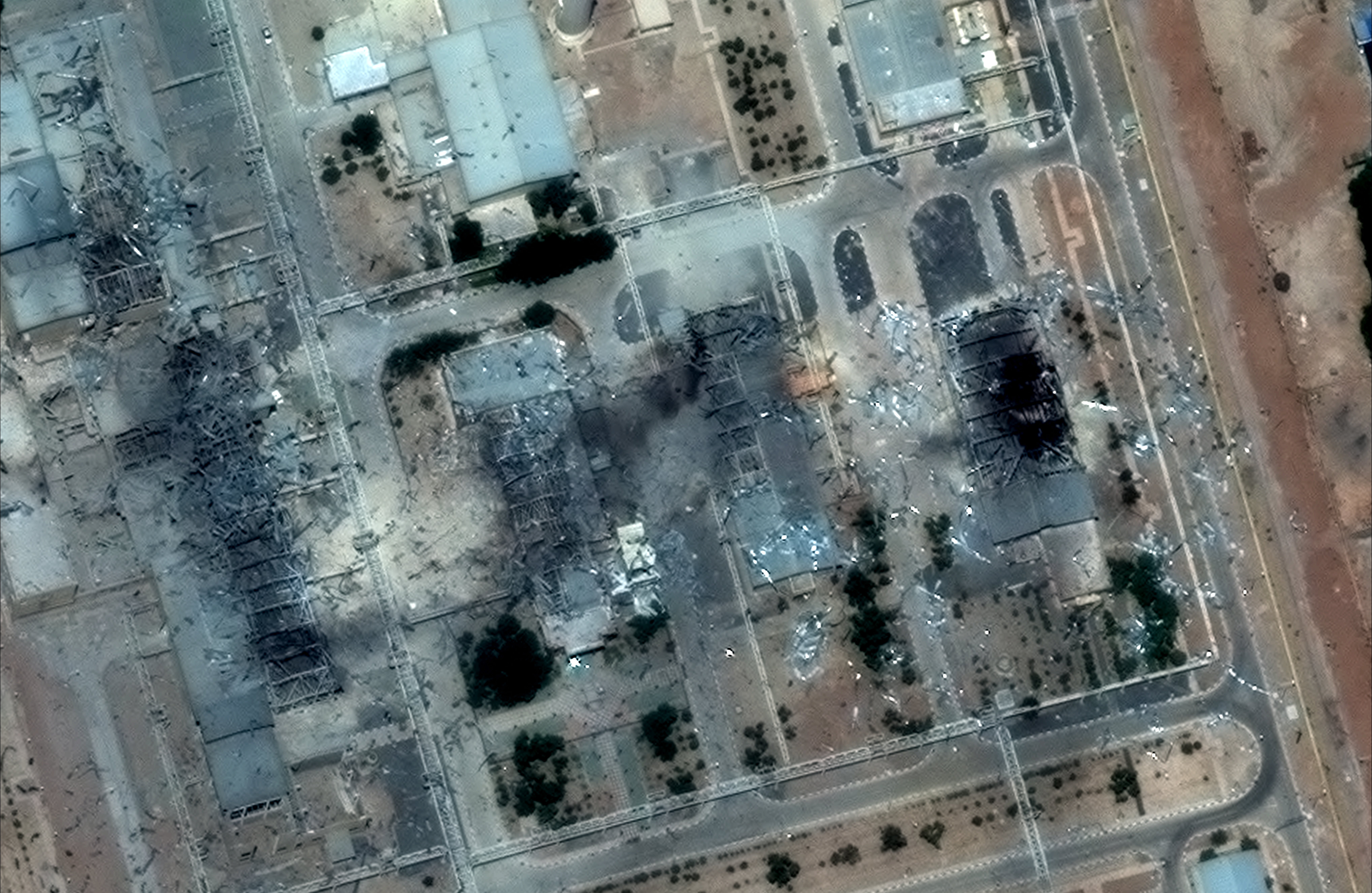
An analysis of satellite images by the Institute for Science and International Security indicated that tunnels at the Isfahan site were likely filled ahead of the attack.
Images taken by Airbus and assessed by the Washington nonprofit showed trucks dumping soil into tunnels at the site on Friday.
“At least three of the four tunnel entrances are collapsed,” it said. “The status of the fourth one is unclear.”
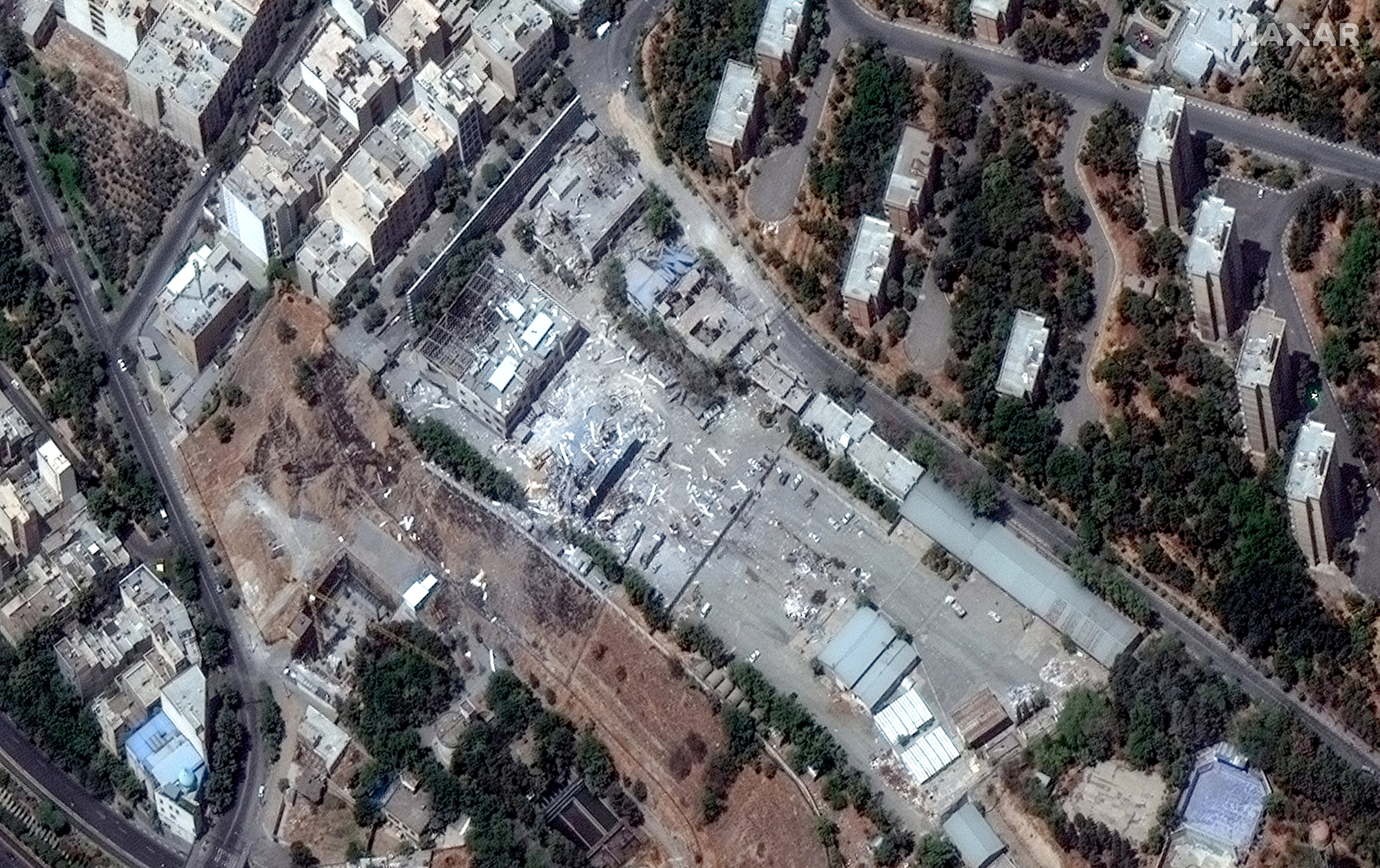
Several experts also cautioned that Iran likely moved a stockpile of near-weapons-grade highly enriched uranium out of Fordow before the strike. This may be hidden in positions unknown to Israel, the US and UN nuclear inspectors.
A senior Iranian source told Reuters most of the near weapons-grade 60 per cent highly enriched uranium had been moved to an undisclosed location prior to the attack.
Jeffrey Lewis, of the Middlebury Institute of International Studies at Monterey, said: “I don't think you can with great confidence do anything but set back their nuclear program by maybe a few years.
“There's almost certainly facilities that we don't know about.”
Meanwhile, the ceasefire brokered by Mr Trump between Israel and Iran appeared to be holding as of Wednesday, with both sides claiming victory in what the US president dubbed the “12 Day War”.
Mr Trump's Middle East envoy, Steve Witkoff, said late on Tuesday that talks between the US and Iran were "promising" and that Washington was hopeful for a long-term peace deal.

 5 hours ago
1
5 hours ago
1

